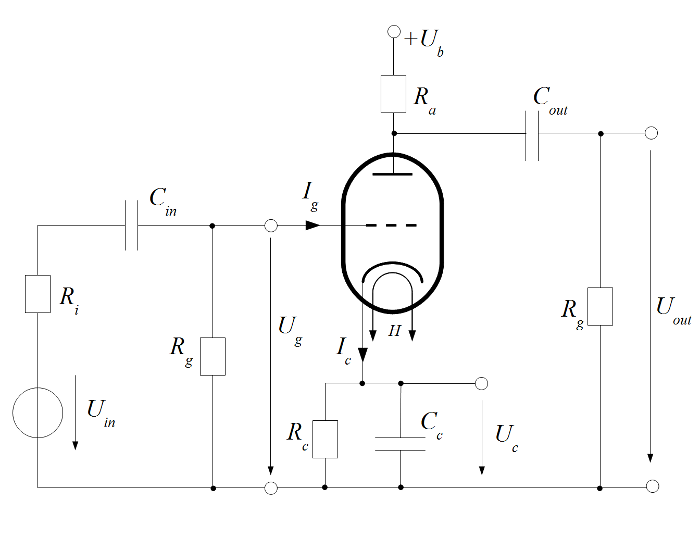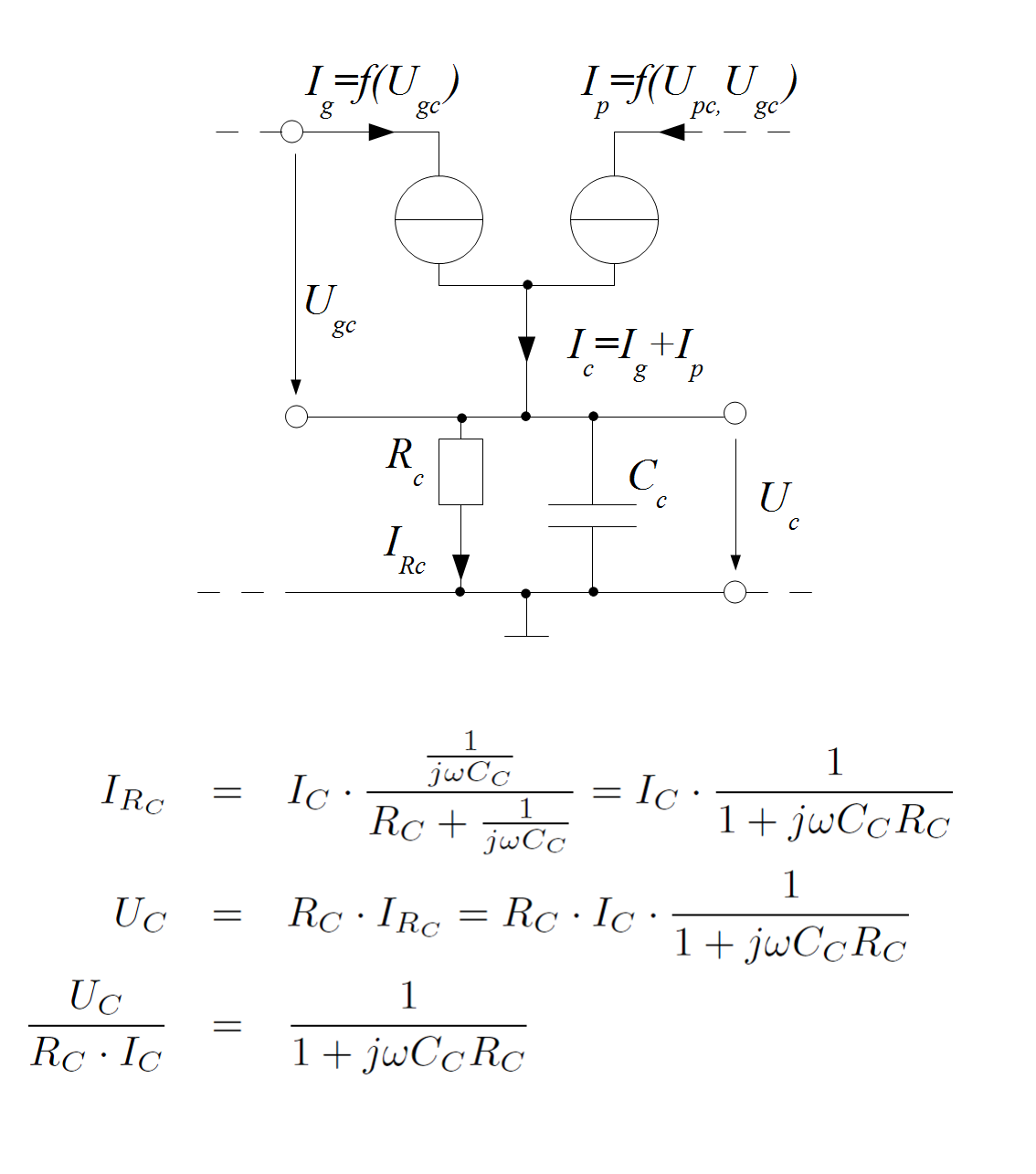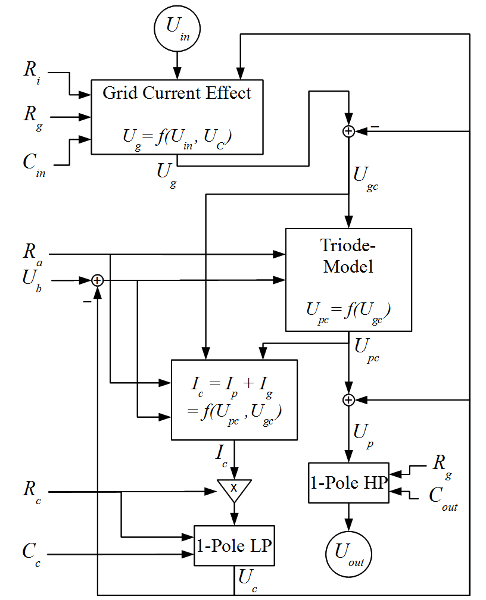several weeks ago, I've posted some DIY projects in the corresponding topic, here at KVR audio.
Now, I want to present my latest work, which is part of my final thesis. I wrote this thesis in cooperation with db audiotechnik GmbH. The goal was to implement a tube preamp on a SHARC DSP. Furthermore, I've used the algorithm to build a VST plugin.
First I had to develope a digital tube model. This model was derived from the characteristic curves of data sheets of real tubes. Next, this model was used to implement a plate follower stage. Therefore, the state space representation of the electric circuit was digitised. Finally, I've created a simple GUI for the plugin, that displays the circuit. Detailed information can be found on my website: http://philaudio.wordpress.com/research/tube-preamp/

The VST plugin can be downloaded from my blog (link above).
The plugin was built with the JUCE library.
Comments and suggestions are welcome!
Thanks,
Philipp!







